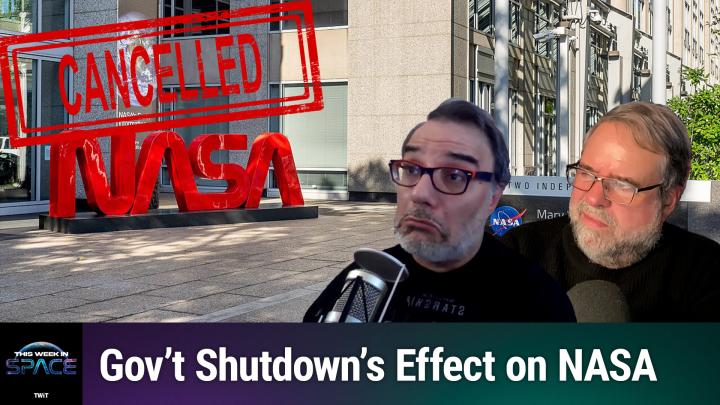How NASA's James Webb Space Telescope Works (Infographic)

Scheduled to launch in 2018, the James Webb Space Telescope (JWST) will orbit about 930,000 miles (1.5 million kilometers) away from Earth. The JWST is estimated to cost a total of $8.8 billion. JWST will keep its mirror at a temperature of minus 388 degrees Fahrenheit (minus 233 degrees Celsius).
The cold and the telescope’s distance from the Earth will give JWST the precision to observe red-shifted light from the early universe. The James Webb Space Telescope will detect infrared light that is 400 times fainter than current space-based telescopes can see.
Building the James Webb Space Telescope: Hubble's Successor (Gallery)
The telescope's segmented primary mirror is 21 feet (6.4 m) in diameter and consists of 18 hexagonal segments made from gold-plated beryllium. A secondary mirror reflects light from the primary mirror into the science instruments.
The JWST's mirror dwarfs that of the Hubble Space Telescope, but has one-tenth the mass of the Hubble's mirror. Each of the 18 beryllium mirror segments weighs 46 pounds (20 kilograms).
VIDEO: James Webb Space Telescope Deployment
JWST will travel through space for roughly 30 days to reach the L2 point, a gravitationally stable point about four times further from Earth than the moon.
Breaking space news, the latest updates on rocket launches, skywatching events and more!
NASA has no plans at present to service the JWST as the Hubble telescope was serviced by space shuttle missions, as the Soyuz spacecraft does not have the range or cargo capacity to reach JWST. However a docking ring was attached to JWST anyway, in the event that a future manned spacecraft could make the journey.
- Photos: Hubble's Successor, the James Webb Space Telescope
- Super-Human Sight: James Webb Telescope Will See Invisible Phenomena | Video
- Photo Tour: Building NASA's James Webb Space Telescope
Follow us @Spacedotcom, Facebook or Google+.
Join our Space Forums to keep talking space on the latest missions, night sky and more! And if you have a news tip, correction or comment, let us know at: community@space.com.

Karl's association with Space.com goes back to 2000, when he was hired to produce interactive Flash graphics. From 2010 to 2016, Karl worked as an infographics specialist across all editorial properties of Purch (formerly known as TechMediaNetwork). Before joining Space.com, Karl spent 11 years at the New York headquarters of The Associated Press, creating news graphics for use around the world in newspapers and on the web. He has a degree in graphic design from Louisiana State University and now works as a freelance graphic designer in New York City.
